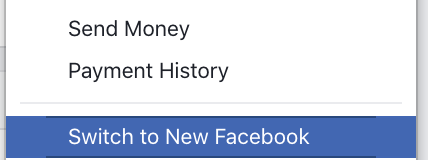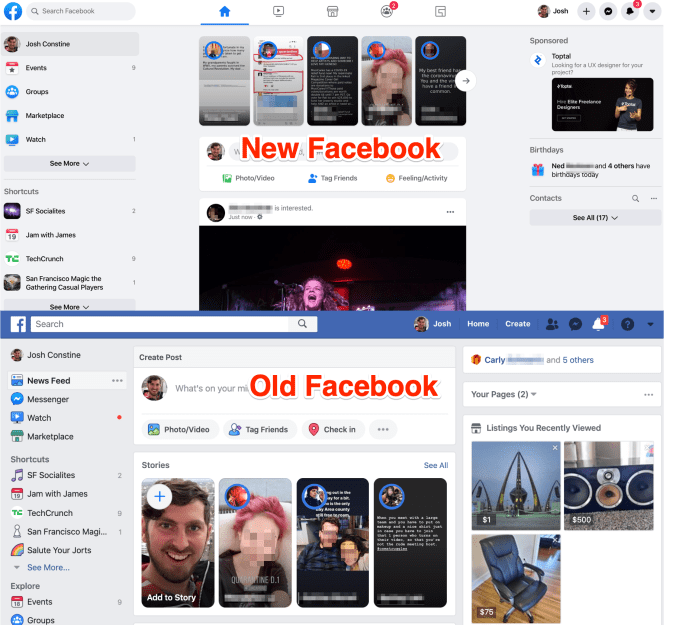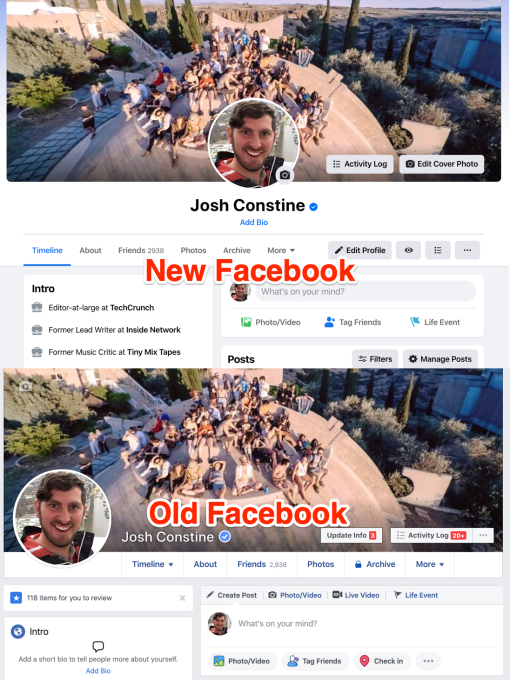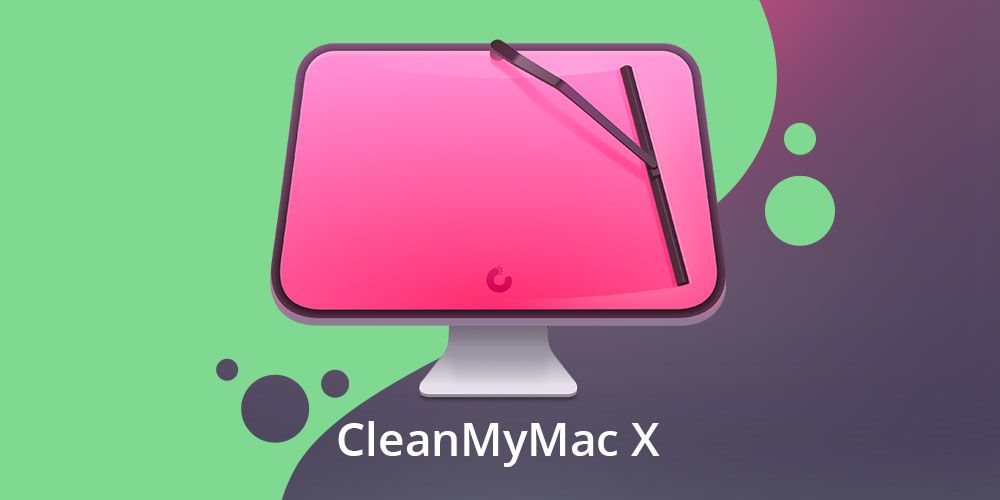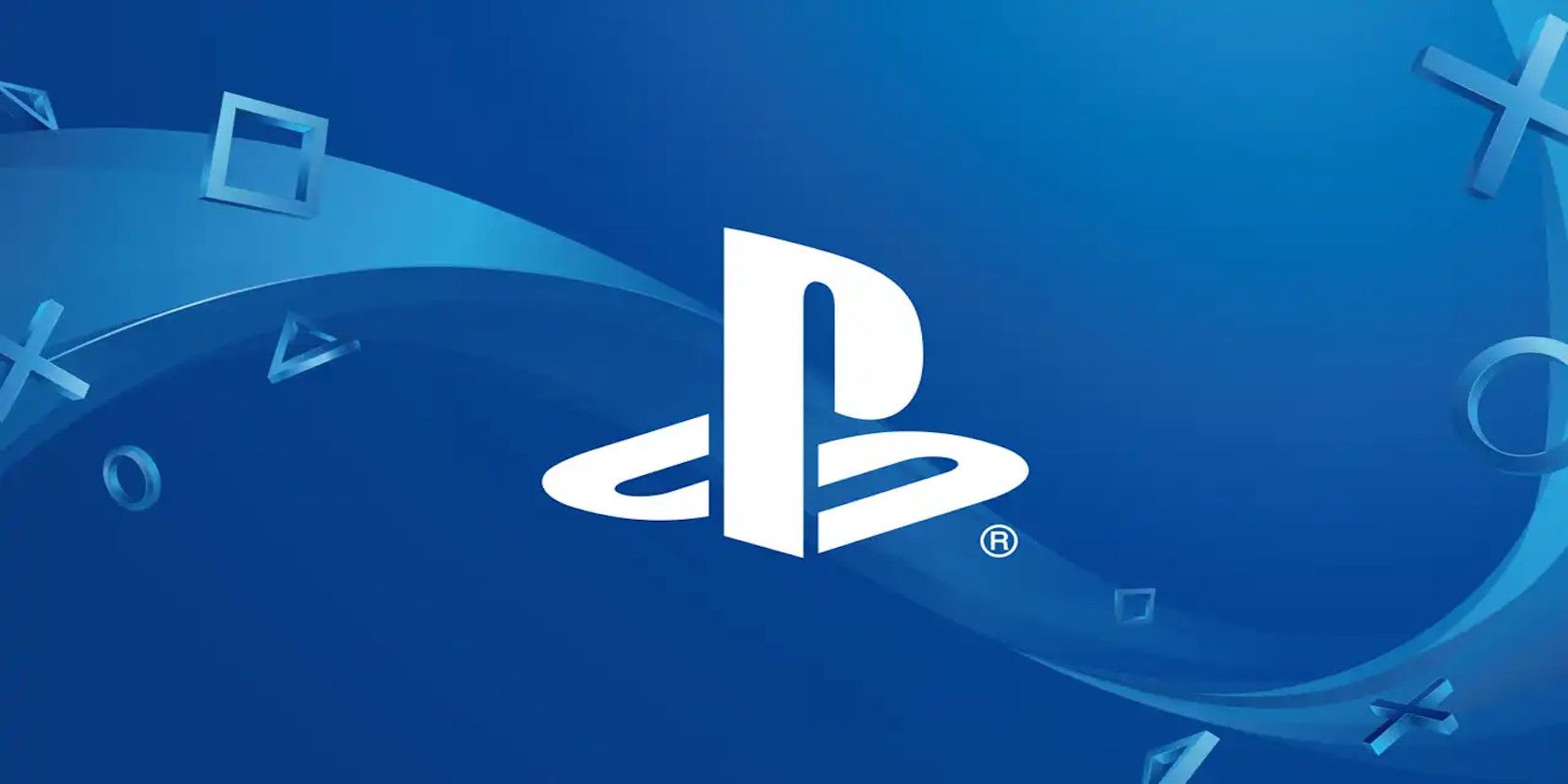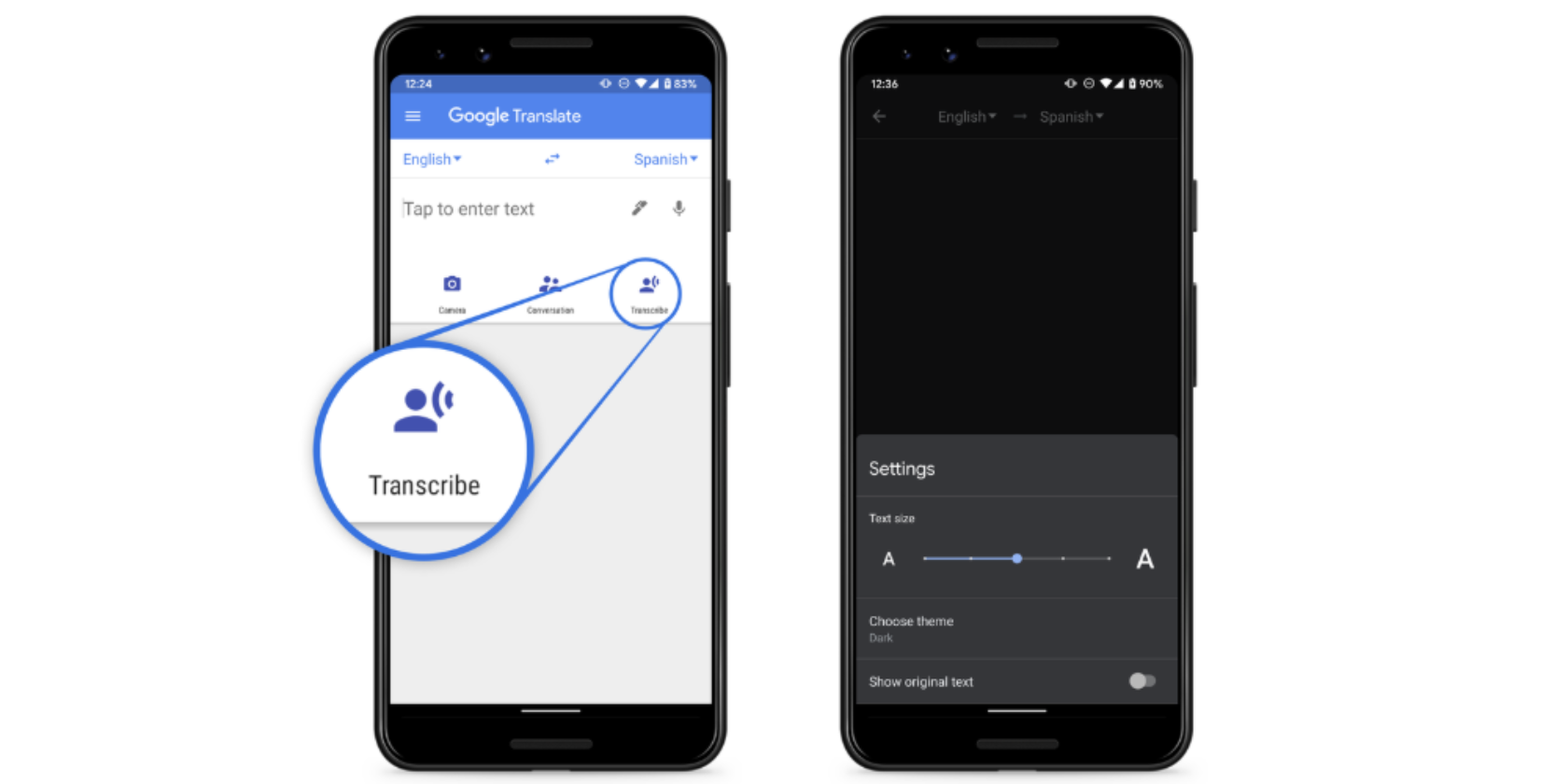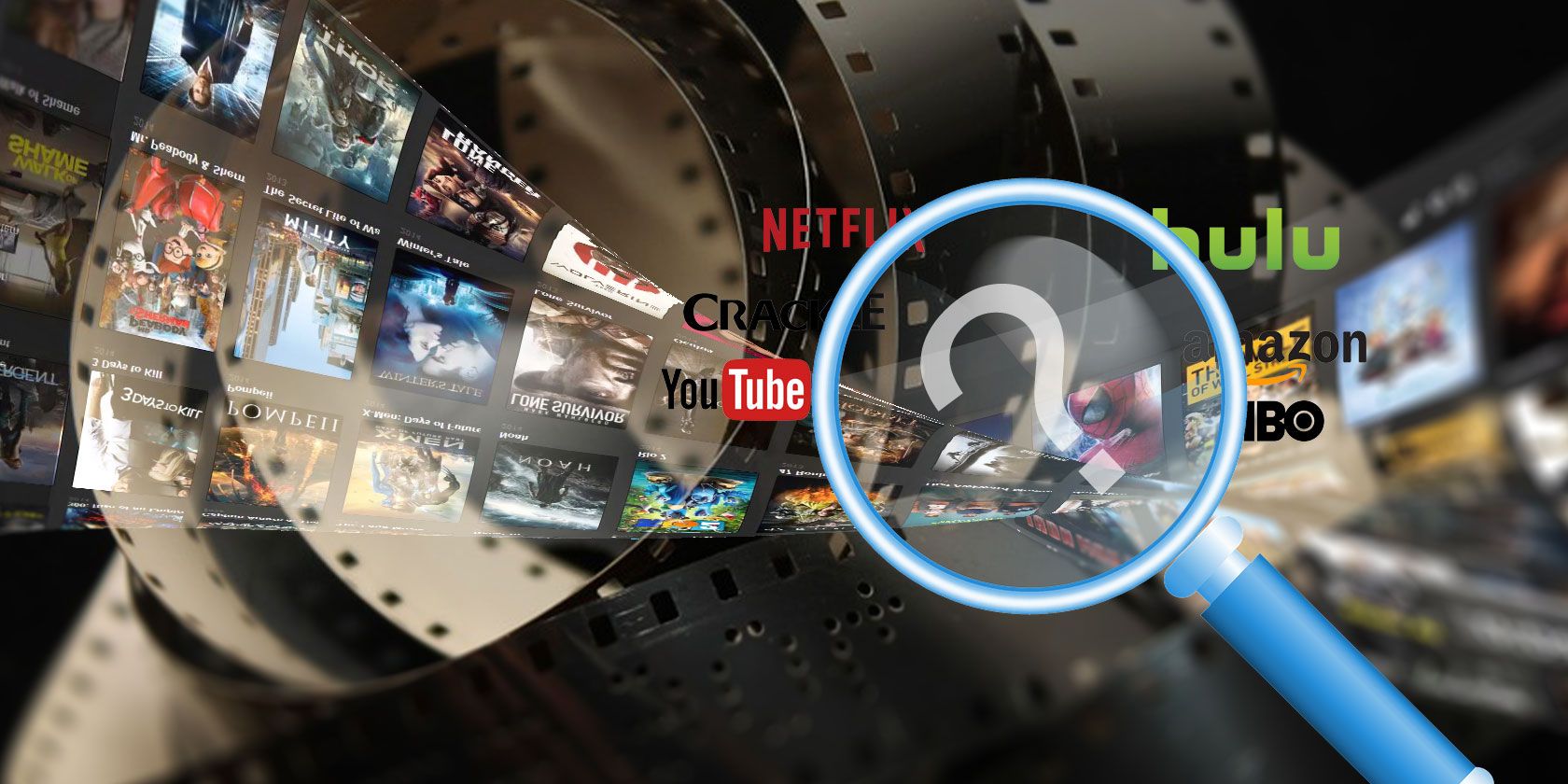If you’re thinking of getting into audiobooks, you probably already know that they’re not cheap. An Audible subscription costs $14.95/month, and you only get one free audiobook every 30 days.
Thankfully, if you’re still not sure if audiobooks are right for you, you can sign up for a 30-day Audible trial—and get a free audiobook (along with two Audible Originals) to try before you buy.
You can pick your two free audiobooks from Audible’s list of bestsellers or the New York Times bestsellers list. Or you can heed our recommendations of the best books to listen to on Audible, all of which are available to listen to for free during your trial.
Narrated by the late Carrie Fisher herself, The Princess Diarist is a fascinating and intimate look behind-the-scenes on the set of Star Wars. Even if you have a preference for reading the written word, hearing Fisher narrate her memoir adds an added level of intimacy and honesty to the book.
Based on the diaries she kept while filming A New Hope in 1977, it offers a raw look into what it’s like to be a woman in a boy’s club. Billie Lourd steps in as a narrator, reading the passages that are in the voice of a young Carrie Fisher.
Looking for classic books to listen on Audible? There are several versions of Charlotte Bronte’s Jane Eyre available on the platform. We’d recommend the one narrated by Thandie Newton. Her voice lends itself perfectly to this coming of age story. And she brings to life the voices of a young and older Jane.
Newton narrates Jane’s life from childhood as an orphan to the complexities of a relationship with her employer, Mr. Rochester. Jane Eyre is the ultimate story of pushing against the restrictive confines of what it meant to be a woman in 19th century England.
The story itself needs no introduction, but Newton’s performance brings each of the characters to life in a striking way. Each character’s tone and cadence are unique, and the narration is a pleasure to listen to.
J.K. Rowling needs no introduction. This is a companion book to the Harry Potter series—one that any true Potter fan will want to own. Fantastic Beasts and Where to Find Them is pegged as a textbook that Harry Potter himself read while at Hogwarts. Now all Potterheads can find out all there is to know about the magical creatures of Harry Potter’s world.
This book lends itself to the printed format with handwritten notes in the margins and illustrations. That said, if you want to take Fantastic Beasts along with you on your commute, this is a great place to start.
If you’re a Harry Potter fanatic, here are the best Harry Potter apps for Android and iOS.
For a bit of self-improvement magic, Marie Kondo’s bestselling The Life-Changing Magic of Tidying Up is a great listen. It’s another of the best Audible books you can listen to. After about five hours, you will have all of Kondo’s advice on how to declutter your home for a more zen living environment.
Kondo’s advice (which isn’t for everyone) comes down to working through your house by type of possession rather than by room and finding the items you no longer need. Some people might find the method a little odd: hold the item to sense if it brings you joy. If it doesn’t, get rid of it; either giving it away or throwing it out.
The book is narrated by Emily Woo Zeller, whose body of work runs the gamut from Disney’s Inside Out to Mary Roach’s Gulp: Adventures on the Alimentary Canal.
Stephen King’s It is available on Audible in English and French. With two English copies to choose from, both narrated by Steven Weber, you should choose the Hodder and Stoughton version if you can, as reviews show complaints about the editing of the Simon and Schuster version.
King’s masterpiece is just as scary today as it was when it was originally released, as the eponymous monster takes on the form of a clown to terrorize the children of the novel. The book is definitely not for the faint of heart. Weber’s narration has earned itself high praise for perfect line delivery throughout.
Note: If you love horror, you should read our list of the best horror movies to watch on Netflix.
For another classic, Leo Tolstoy’s Anna Karenina also makes for a great listen. The recommended version, released in 2016, is narrated by actress Maggie Gyllenhaal as she brings over 800 pages to life in 35 hours.
With subtle changes in tone of voice, the actress is able to distinguish between the various characters, in a narration that does Tolstoy justice. If you found yourself unable to read the book, intimidated by its length, the audiobook may be the perfect alternative.
If you’re going to listen to the stories of Sherlock Holmes written by Arthur Conan Doyle, there’s only one way you’re going to want to hear them: narrated by British author Stephen Fry. It’s one of the best Audible books available.
A childhood fan of Holmes himself, Fry not only brings the stories to life beautifully, but he has also recorded a series of exclusive personal introductions for each title in the collection.
Stories included in the collection are A Study in Scarlet, The Sign of Four, The Adventures of Sherlock Holmes, The Memoirs of Sherlock Holmes, The Hound of the Baskervilles, The Return of Sherlock Holmes, The Valley of Fear, and His Last Bow.
If you’re in the mood for something biographical, Ashlee Vance’s authorized biography gives a great deal of insight into the entrepreneur behind PayPal, who is now better known for his futuristic car company, Tesla.
Elon Musk: Tesla, SpaceX, and the Quest for a Fantastic Future is a biography, but Vance inserts himself in the story in a way that gives insight into Musk’s personality through their interactions.
The biography reveals a childhood where Musk was the target of bullying in his hometown of Pretoria, South Africa. It also gives insight into his education at the University of Pennsylvania (and the innovative ways he found to pay his tuition). It goes on to his journey founding PayPal (which he later sold for $1.5 billion). And, of course, the founding of Tesla.
The audiobook of Jodi Picoult’s popular novel Small Great Things is a great place to start if you’re not sure about audiobooks. The story is told from the perspective of three different characters, and the audiobook is narrated by three different actors.
Ruth is an African-American delivery nurse who finds herself told she can’t treat a baby born to a white supremacist family. When the baby goes into cardiac arrest, she treats it, going against the wishes of the family, but tragically, the baby dies.
Turk is the white supremacist father who accuses Ruth of murder and she is subsequently charged. And Kennedy is the white public defender who takes on Ruth’s case.
It’s hard to say which Neil Gaiman novel you should listen to as an audiobook. There are a lot to choose from on Audible and they’re all narrated by the author himself. One of the most recommended titles by Gaiman fans for newbies is his very first novel: Neverwhere.
Neverwhere is one of NPR’s Top 100 science-fiction and fantasy books of all time, and for good reason.
It tells the story of Richard Mayhew, who, after stopping on the streets of London to help a young woman who is bleeding, finds himself drawn into a fantastical world. His interaction with the woman leads to Richard becoming invisible, as he enters into a bizarre journey into the world of London Below to recover his life as he knew it.
What Are the Must-Read Books on Audible?
Do you agree with our list of books to listen to on Audible? If not, be sure to let us know which audiobooks you recommend in the comments below. You should also read our article detailing the best Audible insider tips to get more out of Audible.
Read the full article: 10 Great Audiobooks to Listen to During Your Free Audible Trial
Read Full Article
